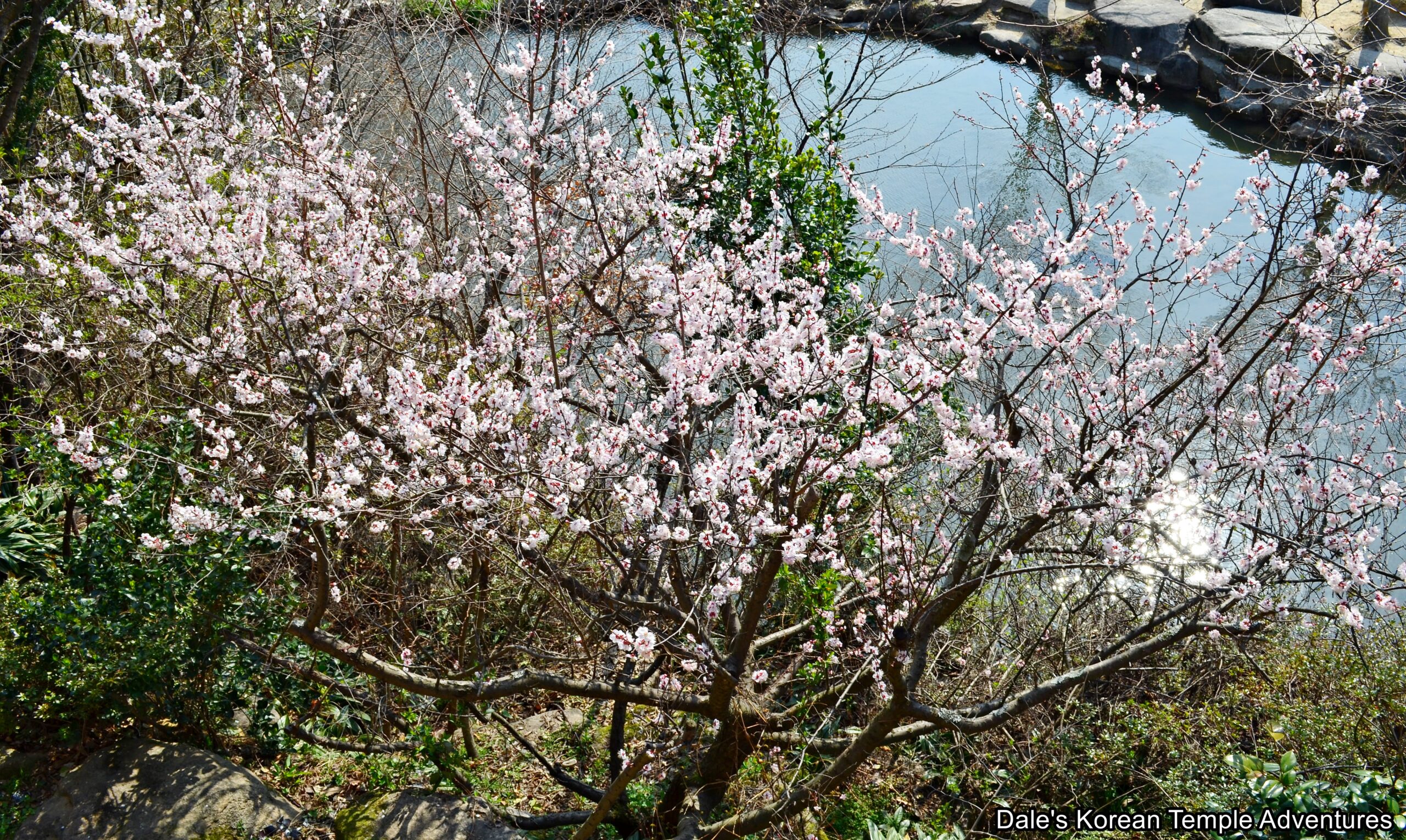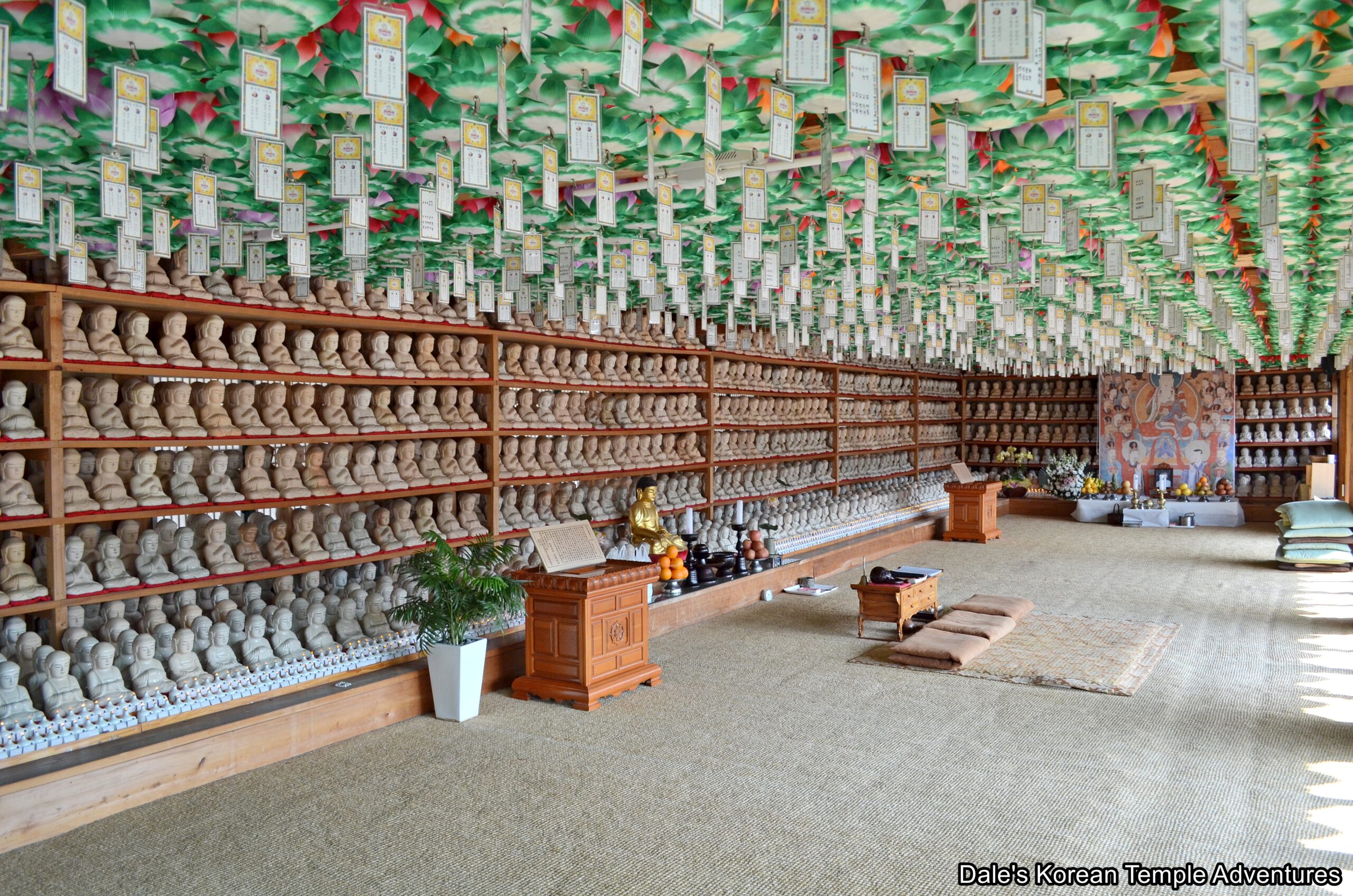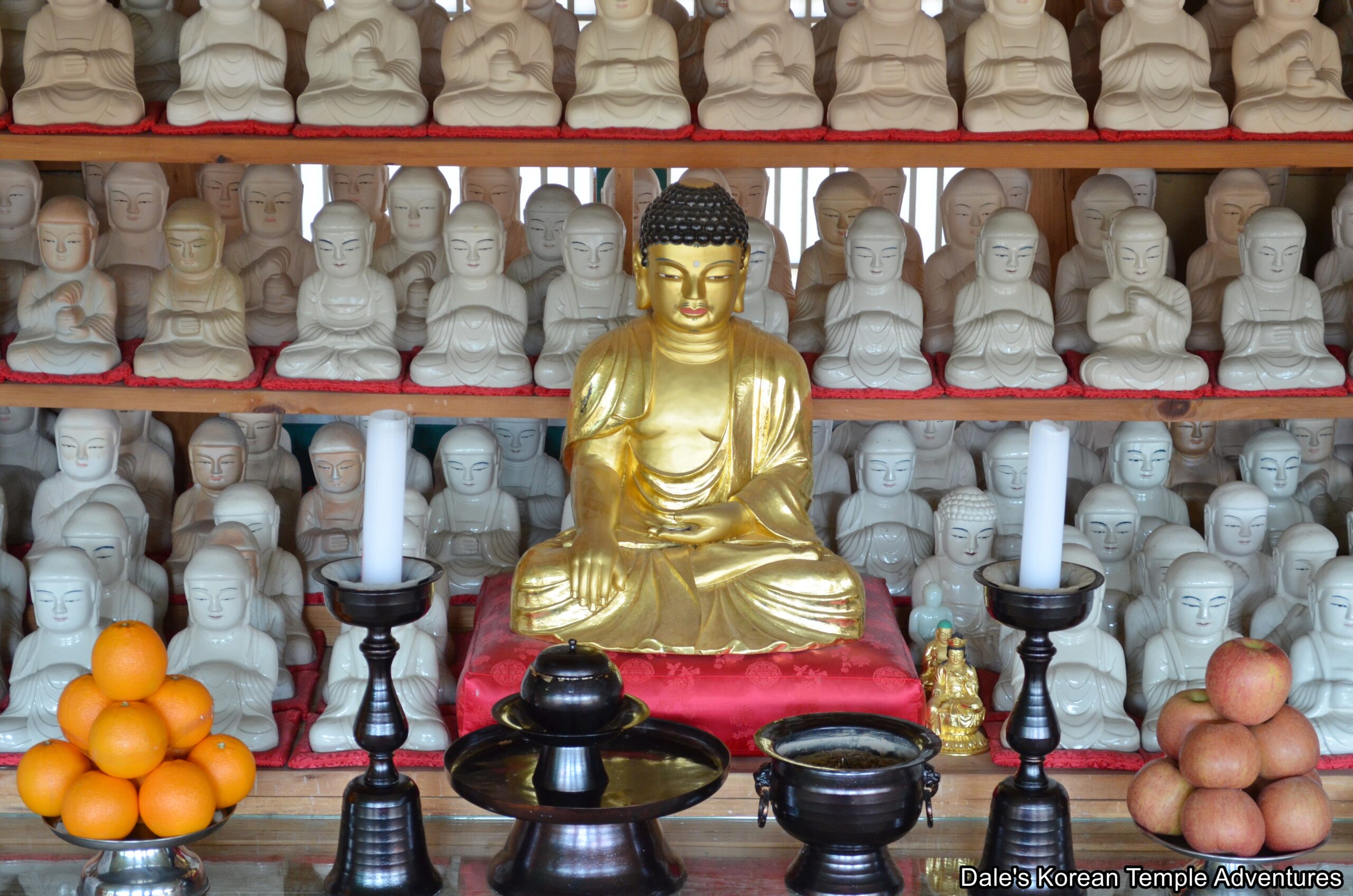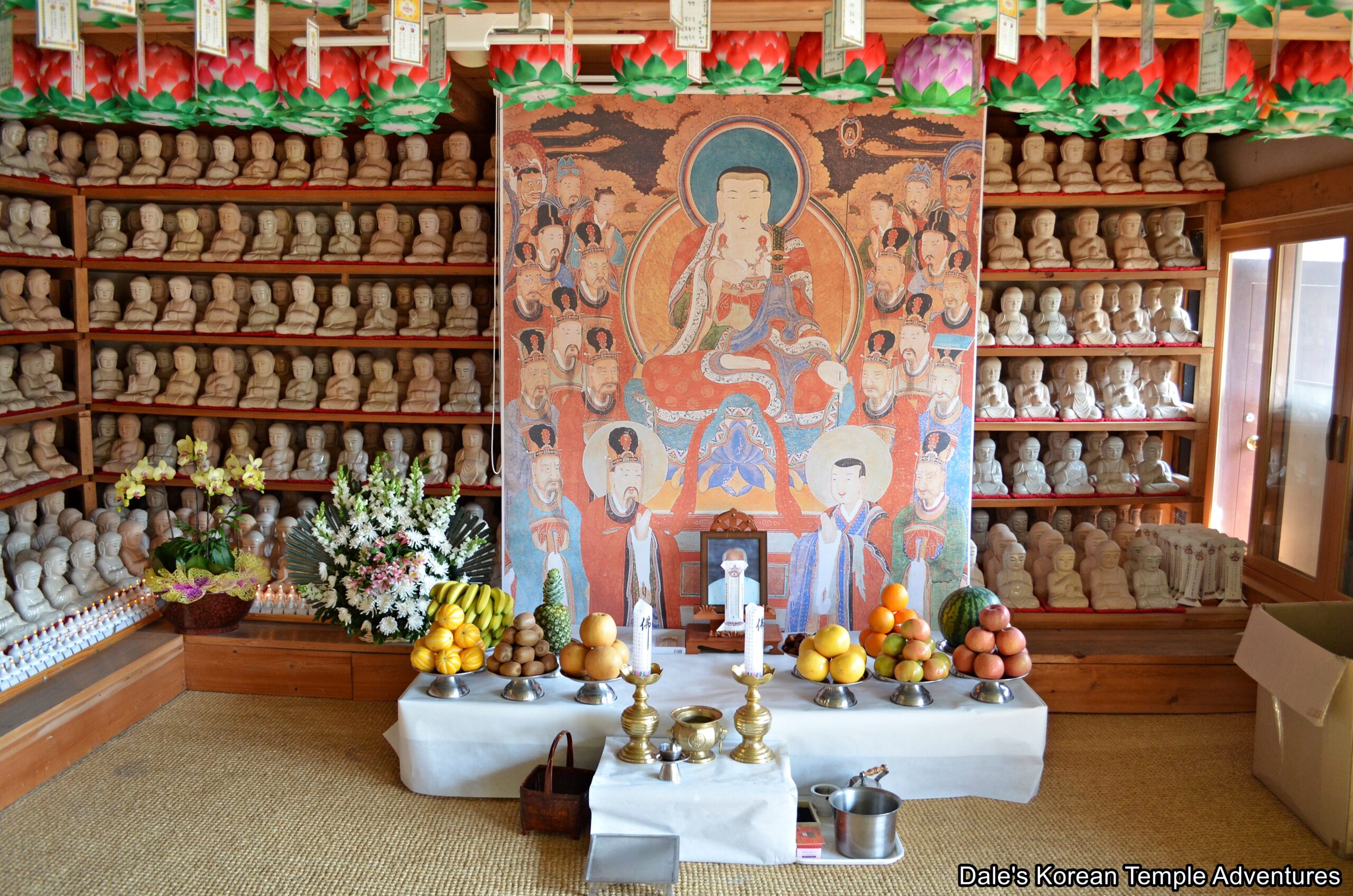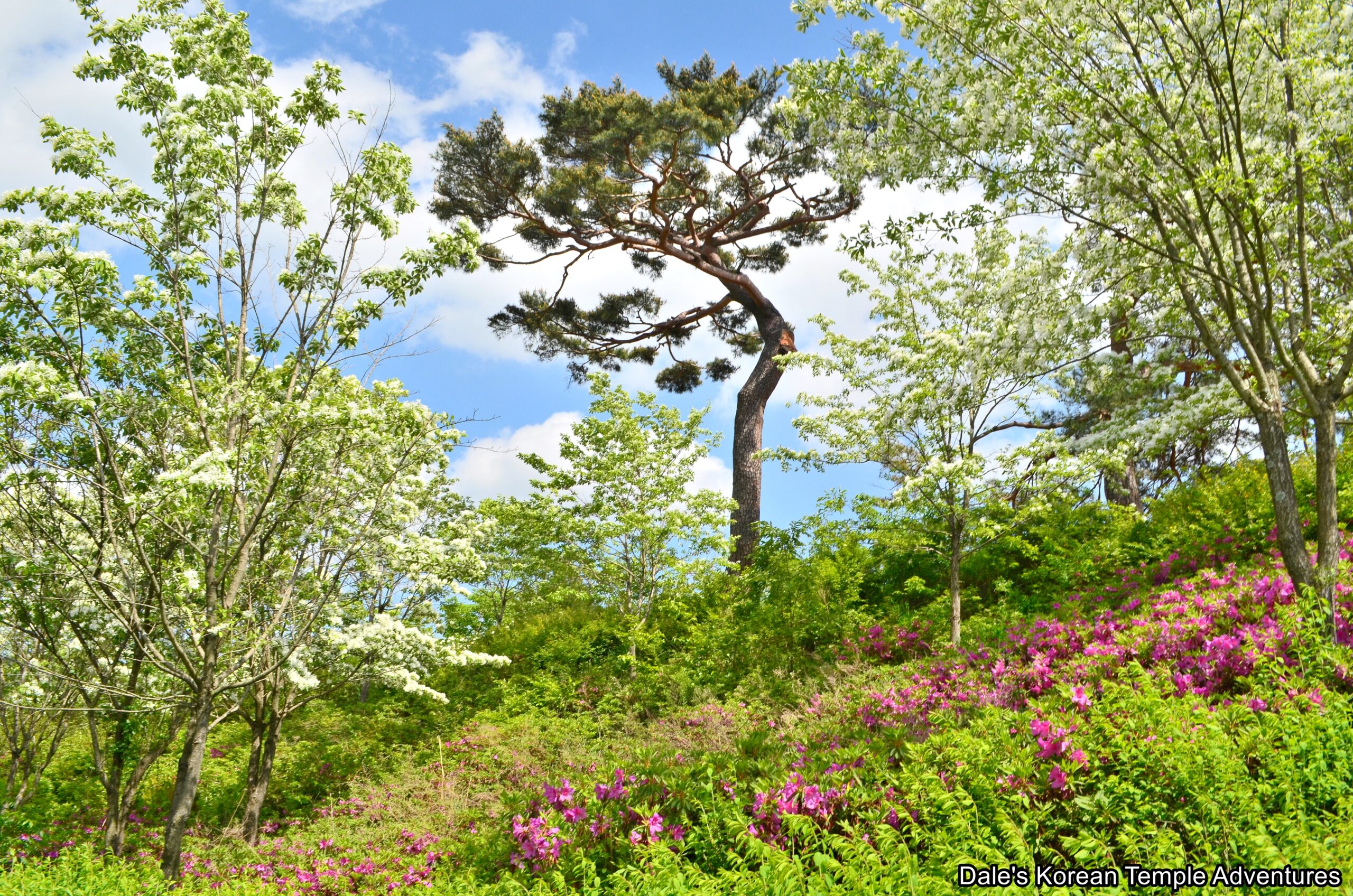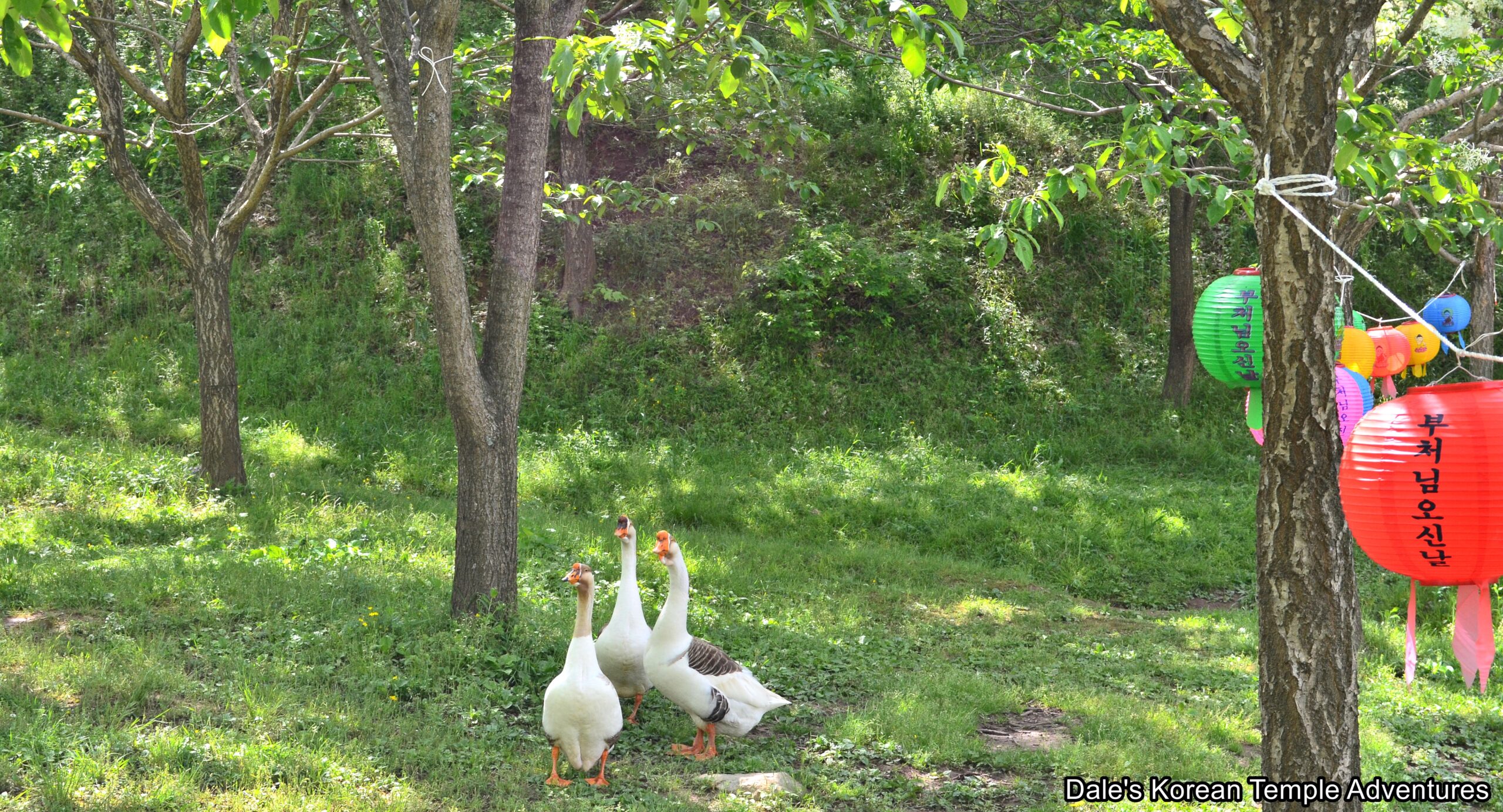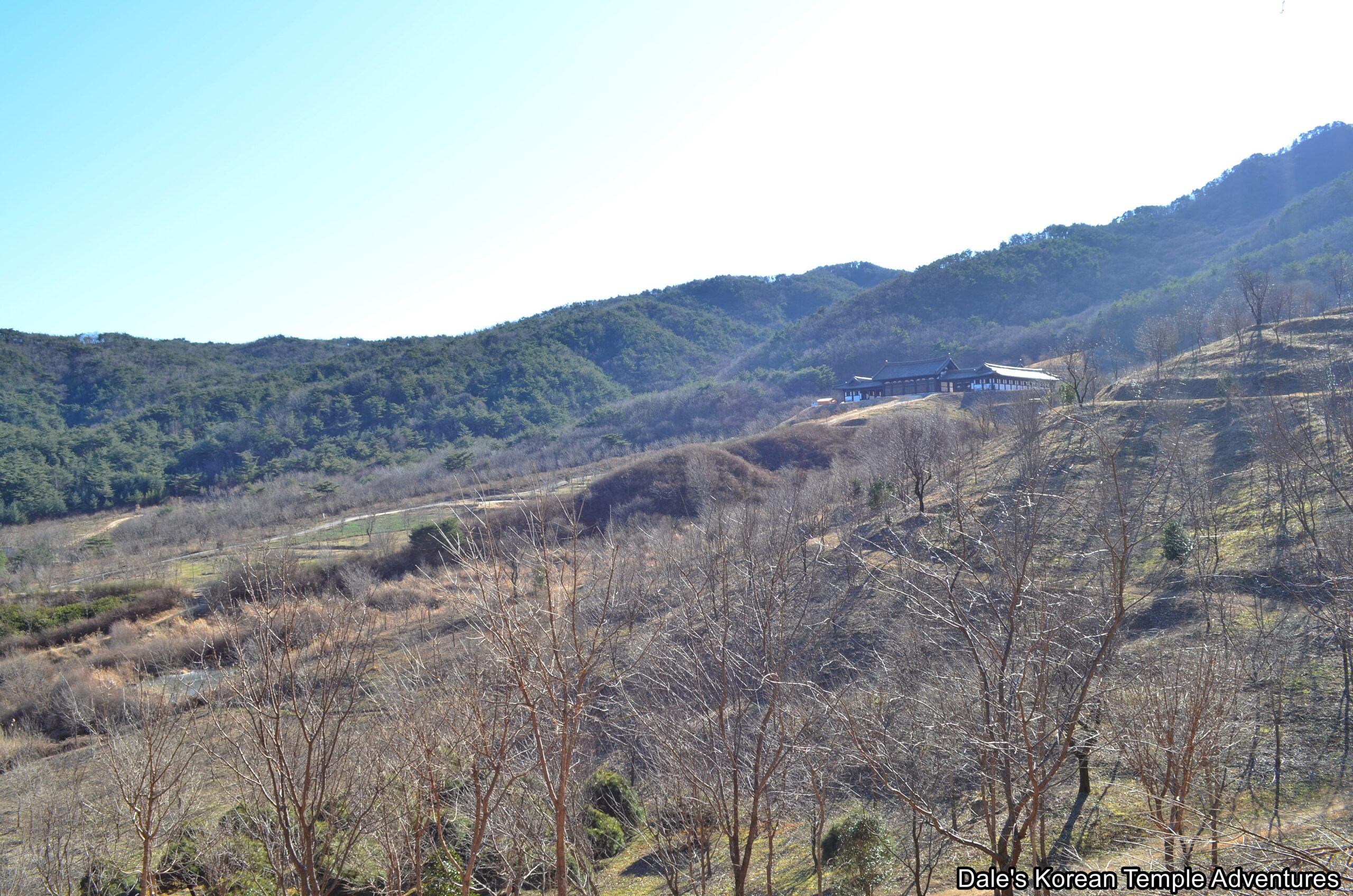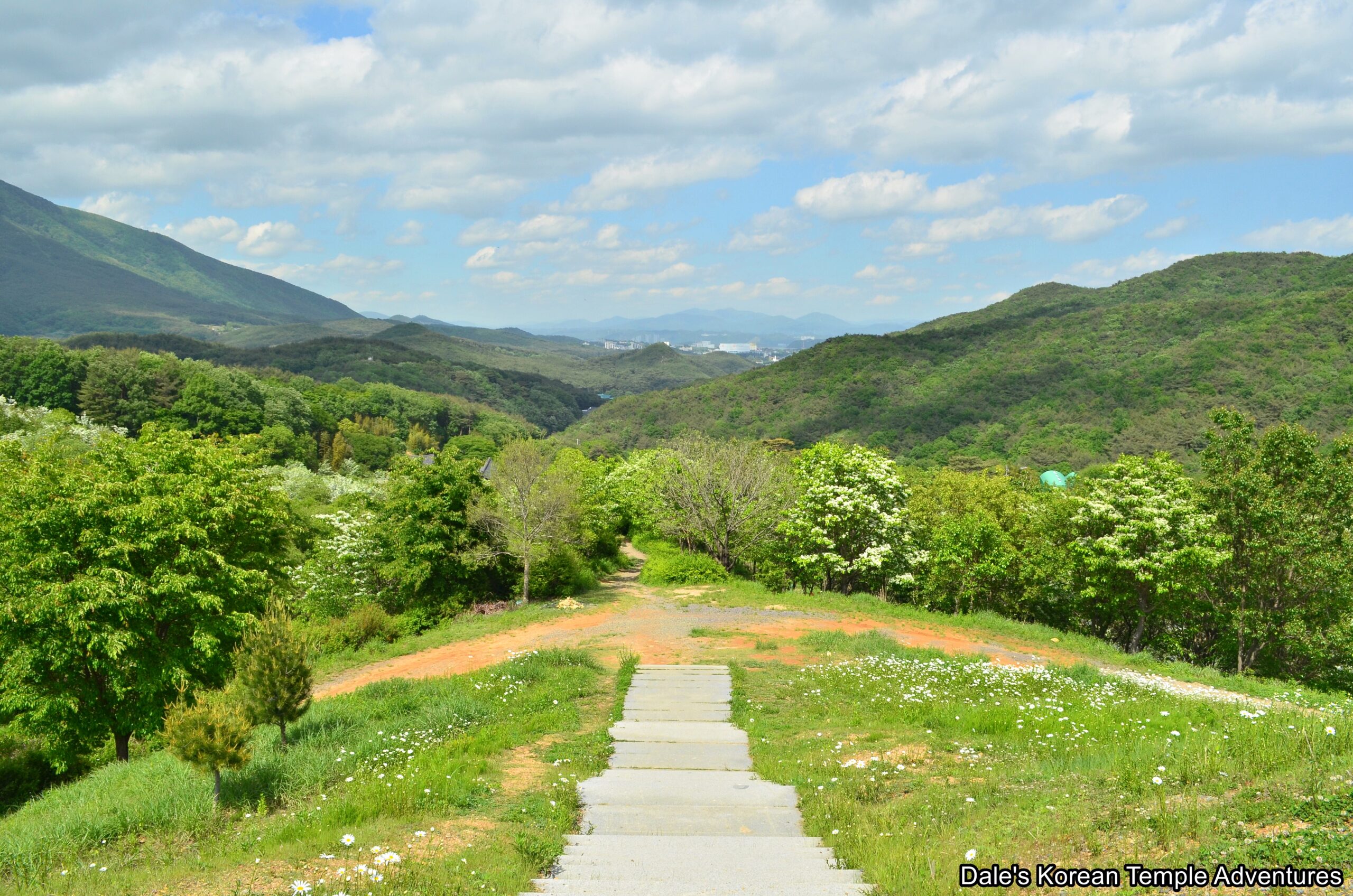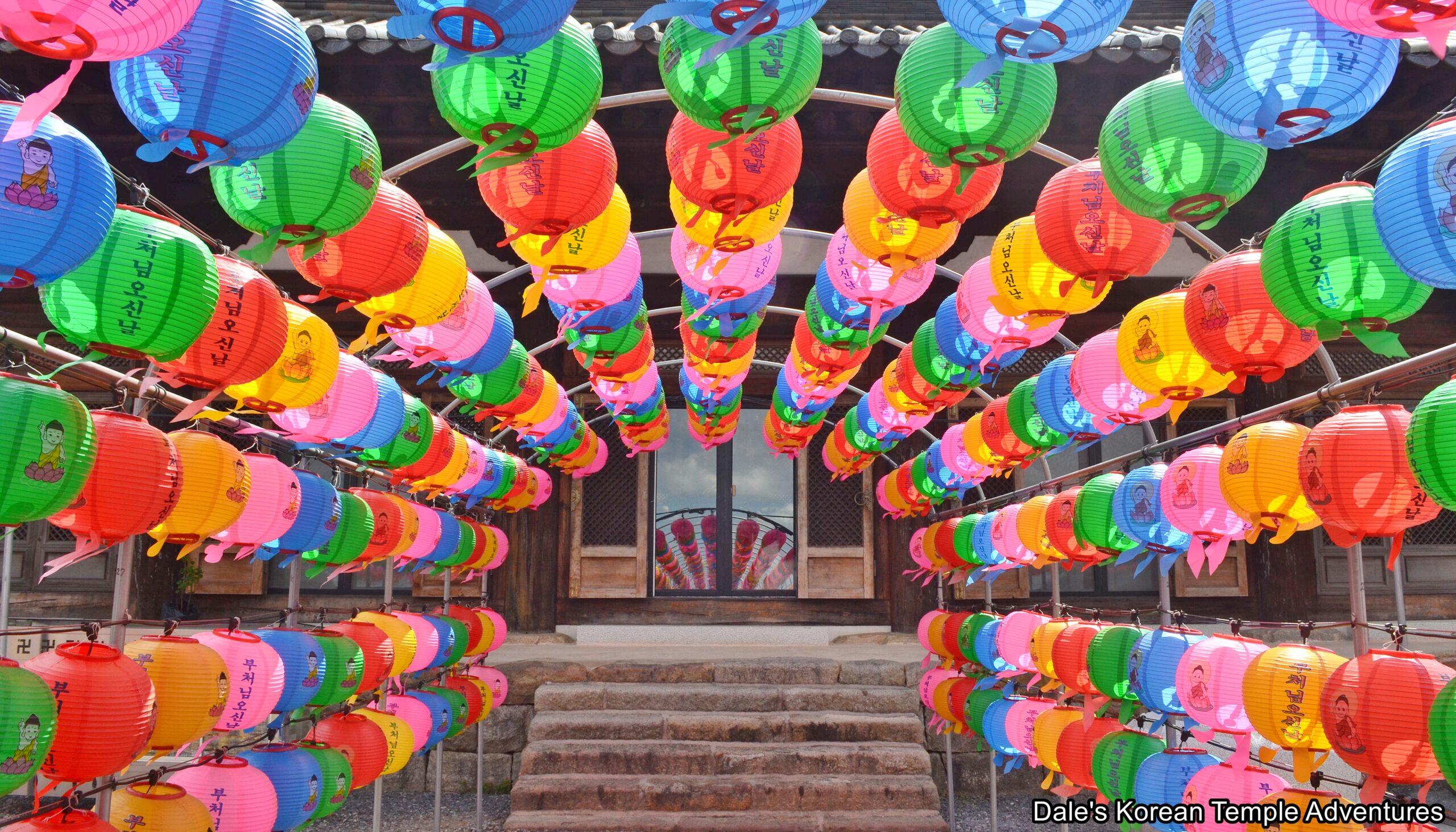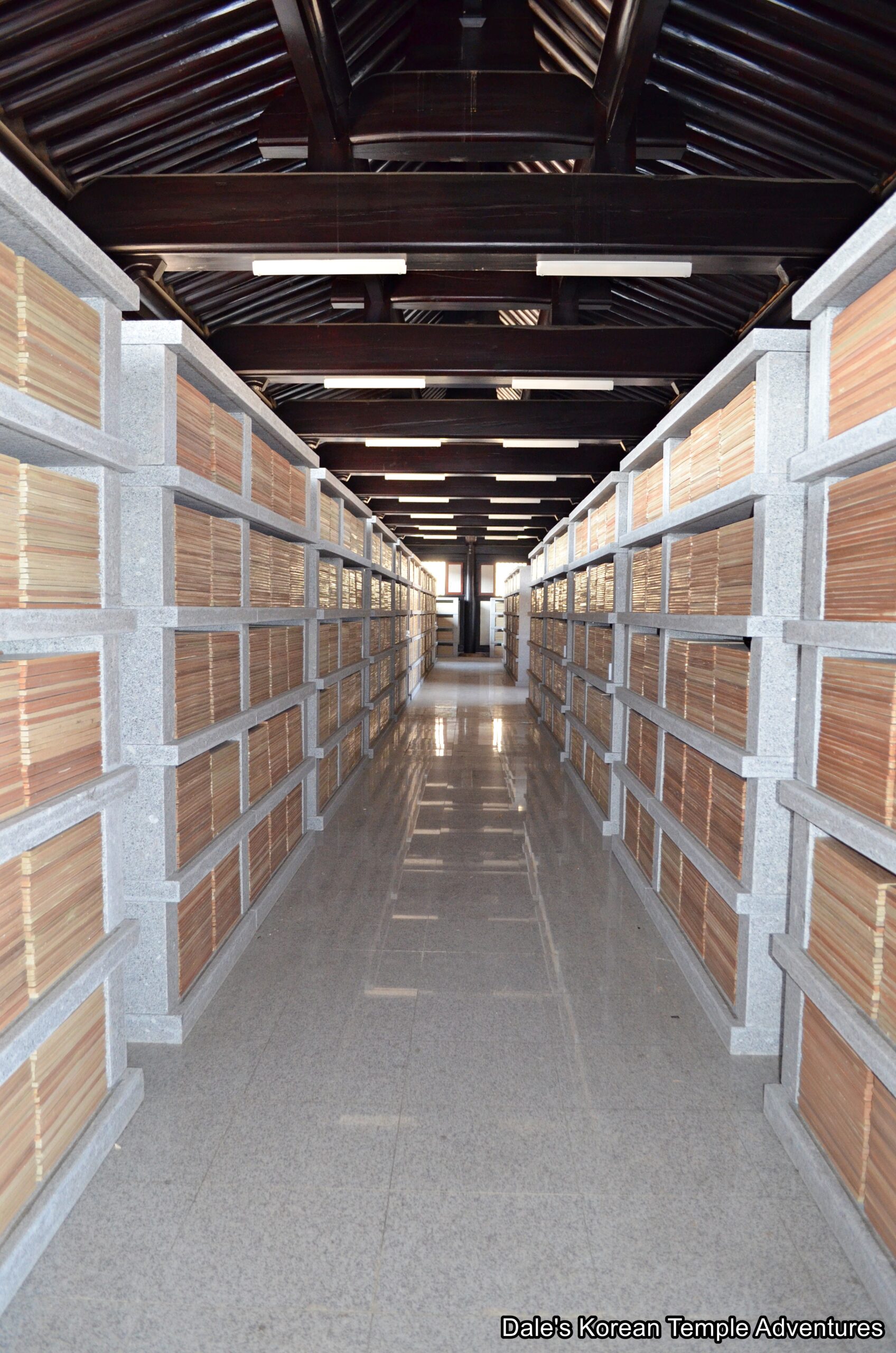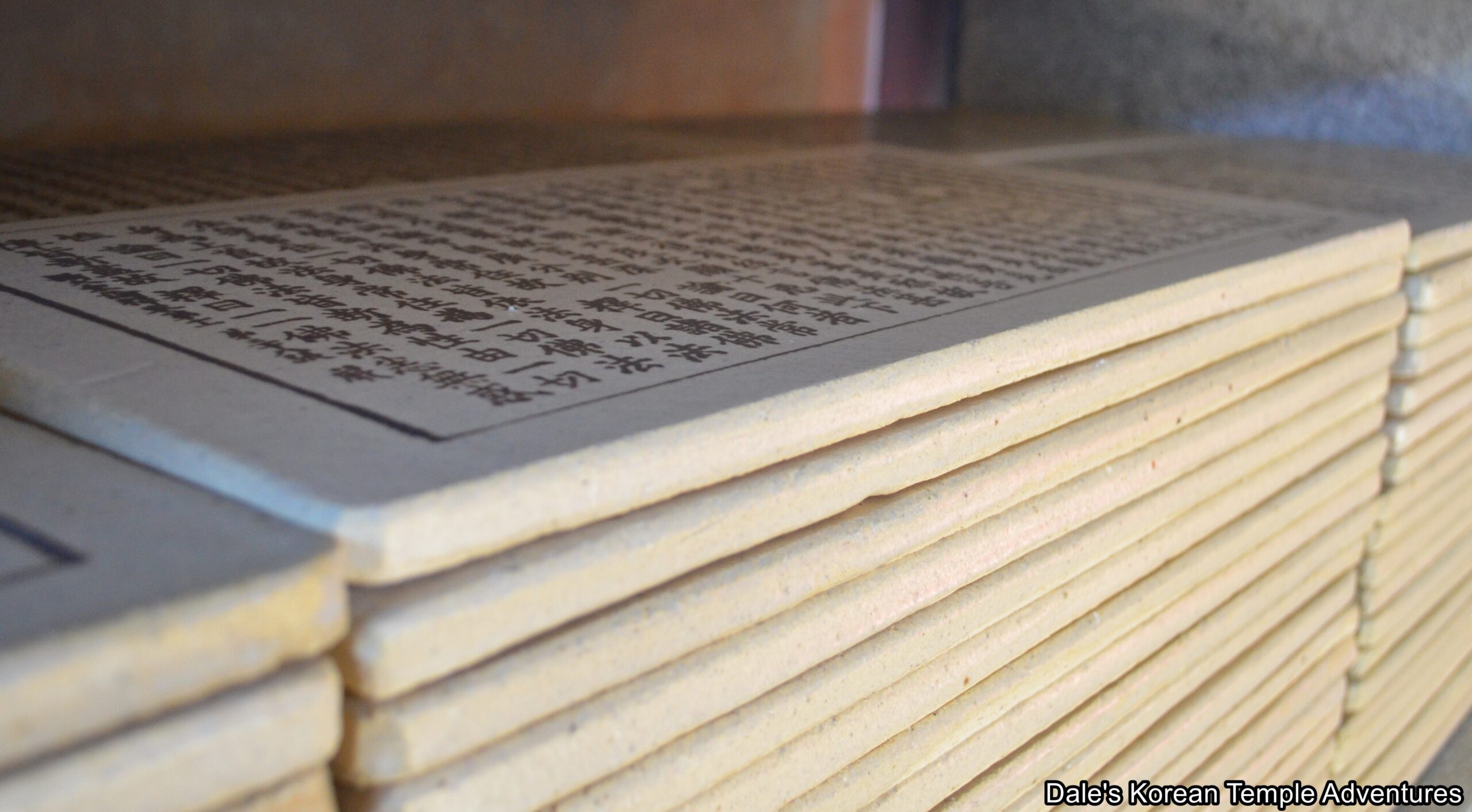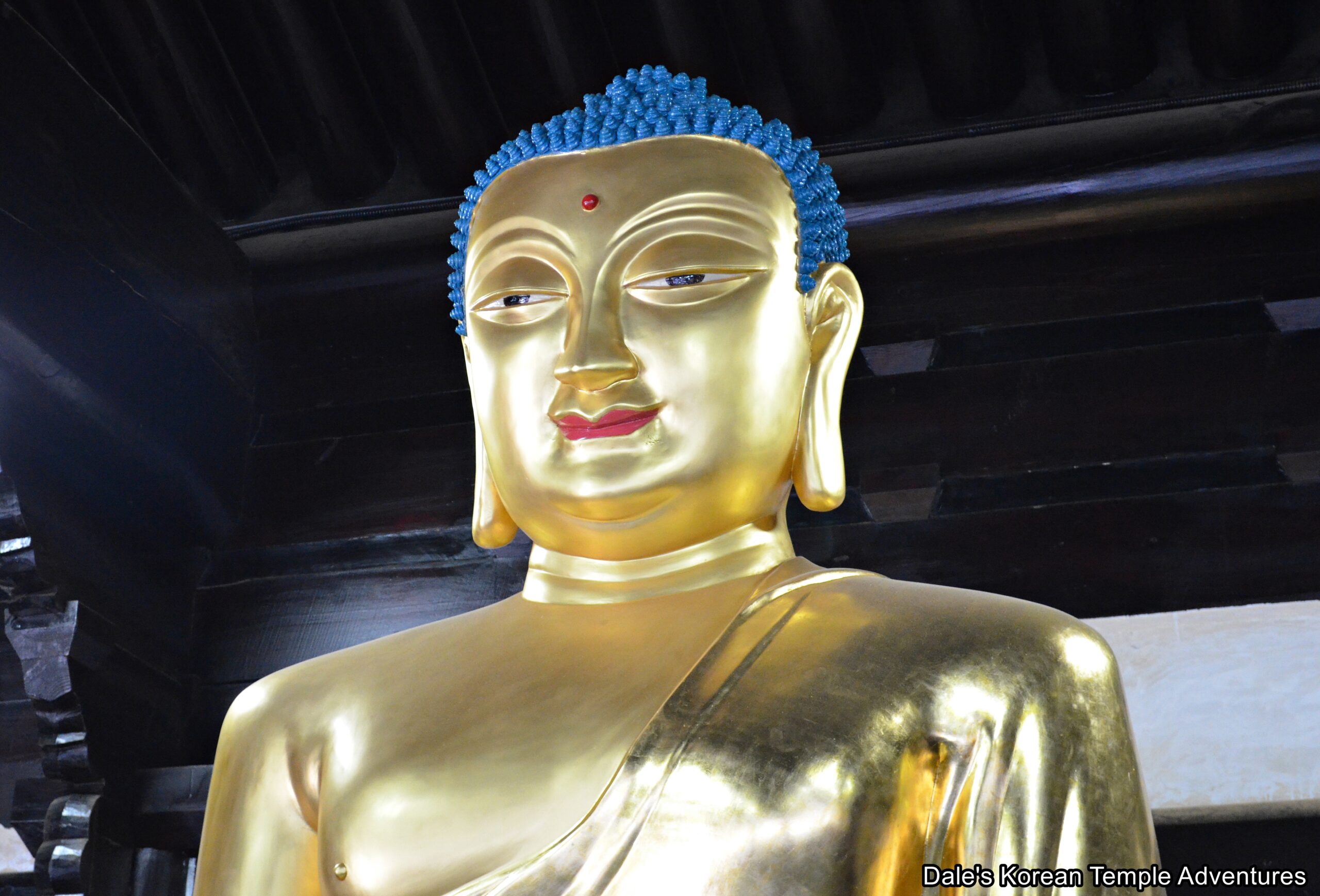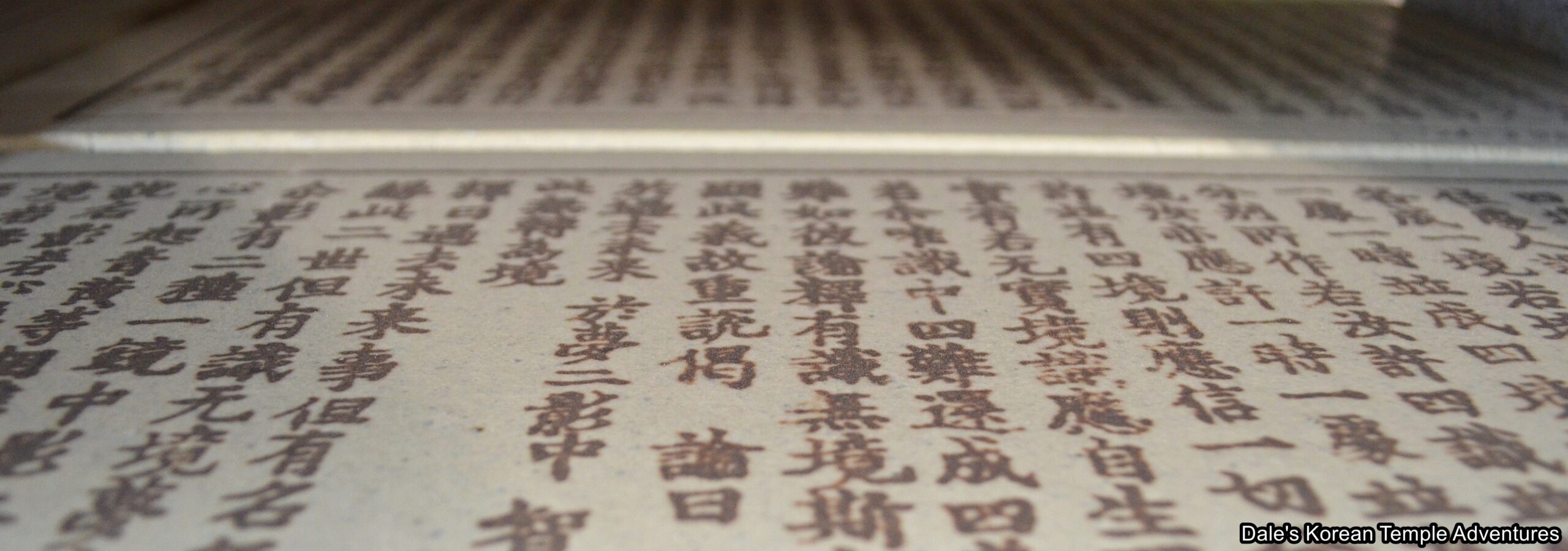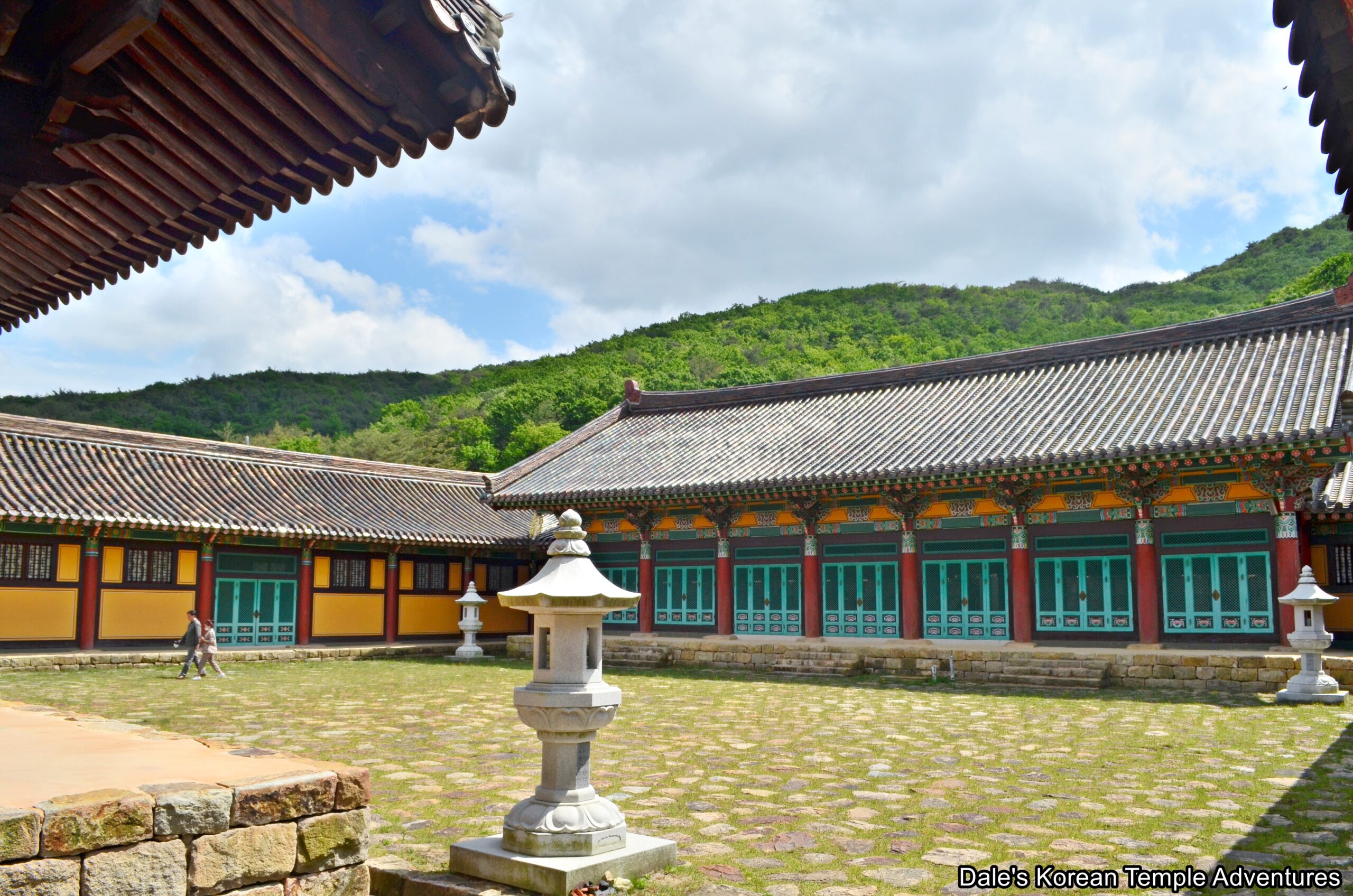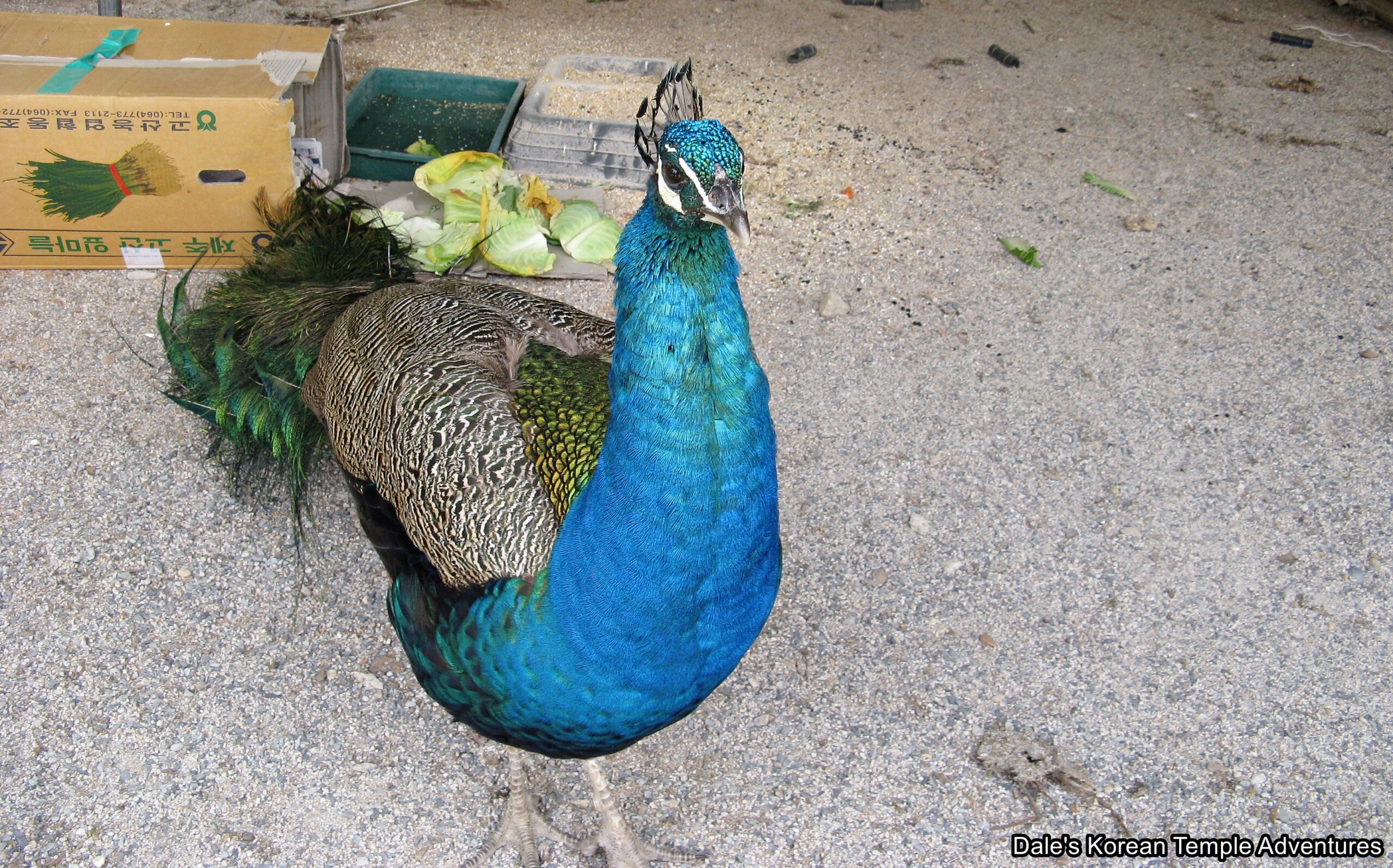Seounam Hermitage – 서운암 (Yangsan, Gyeongsangnam-do)
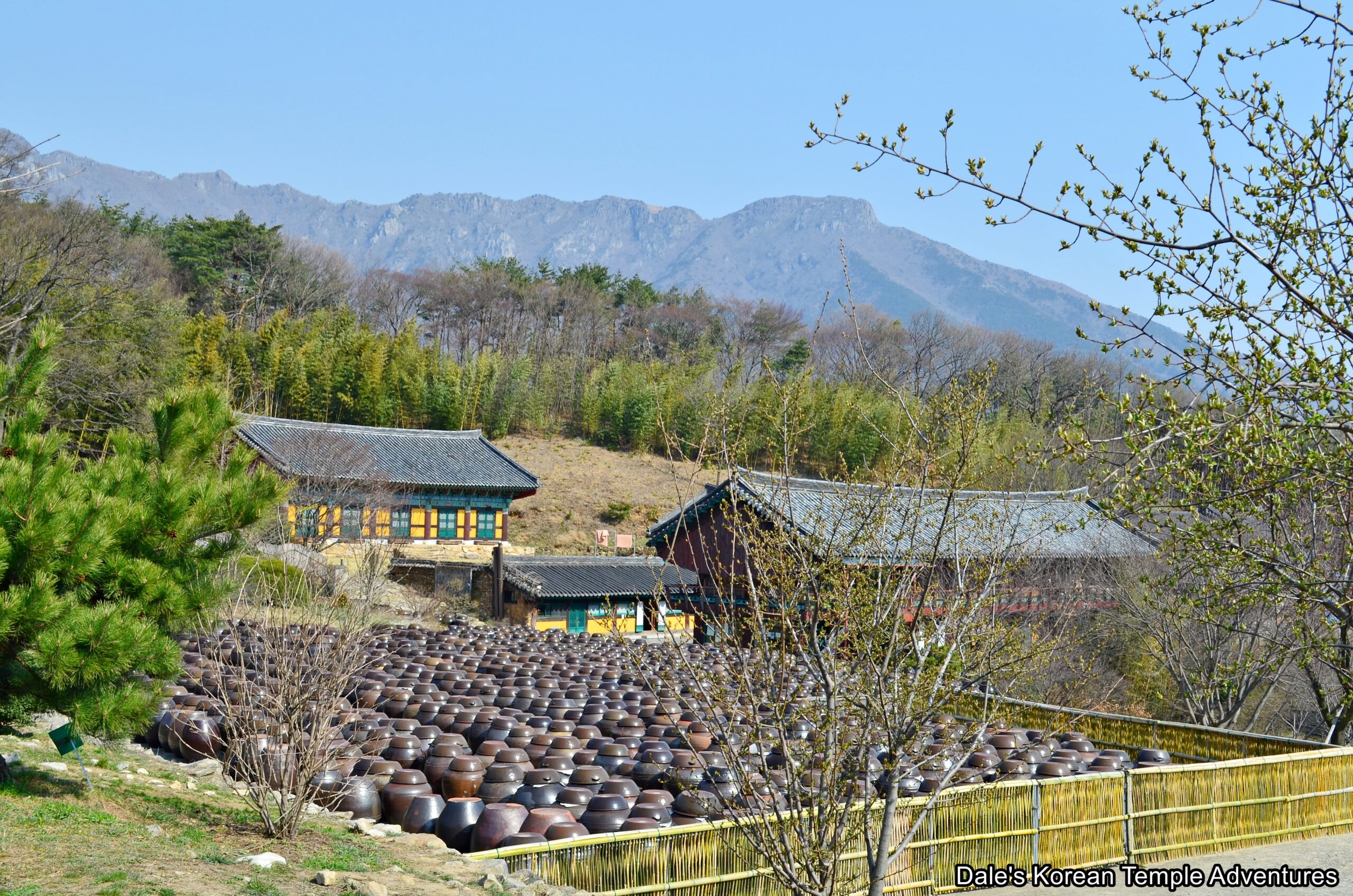
Hermitage History
Seounam Hermitage is located on the Tongdosa Temple grounds to the south of Mt. Yeongchuksan (1,081 m) in Yangsan, Gyeongsangnam-do. The hermitage was first constructed in 1326 during the late Goryeo Dynasty (918-1392). However, since its initial construction, very little is known about Seounam Hermitage. The hermitage would later be re-constructed in 1859. Since then, Seounam Hermitage is one of the more popular hermitages on the Tongdosa Temple grounds.
Hermitage Layout
As you approach Seounam Hermitage, you’ll first pass by the hermitage parking lot, which is usually quite busy. To your immediate right, you’ll notice a two-story structure with an artificial pond out in front of it. The first floor of this structure is the administrative office at the hermitage. As for the second story, it acts as the Samcheonbul-jeon Hall. The entire interior is filled with three thousand gray, ceramic statues of the Buddha. Resting on the main altar is a golden image of Seokgamoni-bul (The Historical Buddha). And to the far right, you’ll find an altar and painting dedicated to Jijang-bosal (The Bodhisattva of the Afterlife).
Behind this two-story structure are the off-limits monks’ dorms. One of the more unique features at Seounam Hermitage are the hundreds of earthenware jars to the south of the Samcheonbul-jeon Hall. This massive collection of earthenware jars store gochujang (red pepper paste) and ganjang (soy bean sauce) inside them. With the mountains in the background, these jars make for quite a beautiful picture behind their bamboo fencing.
Beyond this area of the hermitage, and to the west, you’ll find a beautiful forested area with numerous flowers and plants. There are typically quite a few people in this area including families with young children during the spring months. Making your way up a side-winding trail while enjoying the views, you’ll finally arrive at a large structure. This is the newly built Janggyeong-gak Hall. Housed inside this shrine hall are 160,000 ceramic tablets that contain Buddhist scriptures. The ceramic tablets are arranged in library-like stacks and organized in maze-like corridors. Eventually, you’ll come to a main altar inside the central part of the structure that houses a large, highly stylized image of Seokgamoni-bul (The Historical Buddha).
After exploring the Janggyeong-gak Hall, you’ll find a large, green fenced off area that houses a collection of peacocks. You’ll probably also find rabbits in this area, as well as a family of ducks that seem to enjoy the ponds on the hermitage grounds. The entire grounds are beautiful with a variety of trees, flowers, and ponds found between the Samcheonbul-jeon Hall and the Janggyeong-gak Hall.
How To Get There
From Busan, you’ll first need to get to the Nopo subway stop, which is stop #134. From there, go to the intercity bus terminal. From the intercity bus terminal get a bus bound for Tongdosa Temple. The ride should last about 25 minutes. These buses leave every 20 minutes from 6:30 a.m. to 9:00 p.m. From where the bus drops you off at the Tongdosa Temple bus stop, you’ll need to walk an additional 10 minutes to the temple grounds west of the bus stop.
Once you get to the parking lot at Tongdosa Temple, keep walking up the road for cars to the left. Follow this road for about 1 km. The road will then fork to the right or straight. Follow the road that heads straight, and keep heading straight. Continue up this road for about 1 km and follow the signs as you go. At the end of this road, you’ll come to Seounam Hermitage.
Overall Rating: 5/10
Seounam Hermitage is beautifully located in and among the folds of the Tongdosa Temple grounds. There are beautiful views, beautiful foliage and flowers, as well as wildlife in and around the hermitage grounds. In addition to all of this natural beauty, you can also enjoy the interior of the Samcheonbul-jeon Hall and its three thousand ceramic Buddha’s, or you can enjoy the maze-like interior of the Janggyeong-gak Hall with its ceramic tablet interior. It’s no wonder that Seounam Hermitage is such a draw for families.
